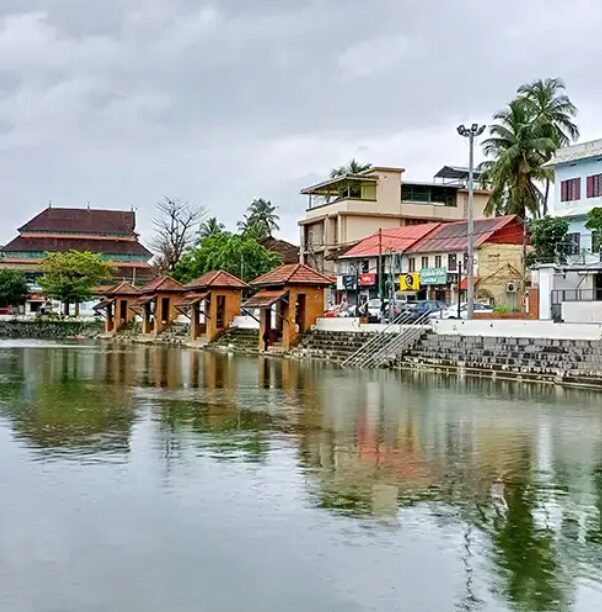Kuttichira is a historic Muslim quarter in Kozhikode, Kerala, celebrated for its vibrant culture, unique traditions, and heritage architecture, especially its ancient mosques and communal lifestyle. Kuttichira is named after a central pond (“chira” in Malayalam), around which the township grew. The area is renowned for its dense residential settlements, primarily dominated by the Koya Muslim community, whose grand homes follow the matrilineal “marumakkathayam” system. Houses are large and distinctive, with courtyards, verandas, and imposing gateways, built to accommodate extended families a tradition that contributes to the hospitality and togetherness of the neighborhood.
Malabar’s Mixed Heritage
Kuttichira’s history is deeply connected to the Zamorins, the former rulers of Calicut. They welcomed traders from around the world, including Arab merchants, with their policy of religious tolerance. This acceptance allowed the Islamic community to thrive, making Kuttichira its central hub. The neighborhood’s existence shows how trade and cultural exchange, not war, can create a unique and peaceful society. This blending of cultures is visible in Kuttichira’s buildings and community life. For instance, the Mappila Muslims, who have strong local ties, adopted the matrilineal system of inheritance, a tradition of Kerala’s Namboodiris and Nairs. This cultural mix is a great example of how a community can blend in while keeping its own identity.
Architectural and Cultural Landmarks
The Mishkal Mosque is a signature monument of Kuttichira, built in the 14th century by Nakhuda Mishkal, a Yemeni trader. Unlike typical mosques, its architecture features timber pillars and pagoda-like roofs influenced by Kerala’s indigenous style, blending seamlessly into the local tradition and standing as a symbol of religious harmony. Equally noteworthy are other mosques like Muchundi and the Juma Masjid, considered among Kerala’s oldest, each testifying to the community’s cordial relationship with the region’s rulers and diverse population.
The Pond at the Heart of the Community
The very name Kuttichira, meaning “small pond,” points to the central role of its large, man-made pond. This serene water body is more than just a source of water; it’s the social and cultural nucleus of the neighborhood. The recent renovation of the pond, a project led by the National Institute of Technology, Kozhikode, has transformed it into a heritage conservation site. The new “Ibn Batuta walkway” with its murals and relief works, pays homage to the famous traveler’s chronicles and highlights the rich history of the Mappila community. The pond, with its traditional bathhouses and pavilions, is a space for social interaction and a cool respite from the tropical heat.
Folklore and Festivities
Local legends enrich the atmosphere, such as tales about the pond’s mystical ghost “Alikallamma,” adding layers to the township’s collective memory. Weddings and festivals are celebrated extravagantly, with elaborate feasting and rituals that highlight both religious and social customs. Kuttichira’s residents are known for their hospitality and strong community spirit, making the neighborhood a living showcase of Kerala’s pluralistic culture.
Kuttichira remains a unique blend of tradition, architectural beauty, folklore, and community values, offering visitors a window into the legacy and pluralism that define Kozhikode’s historical heart.

